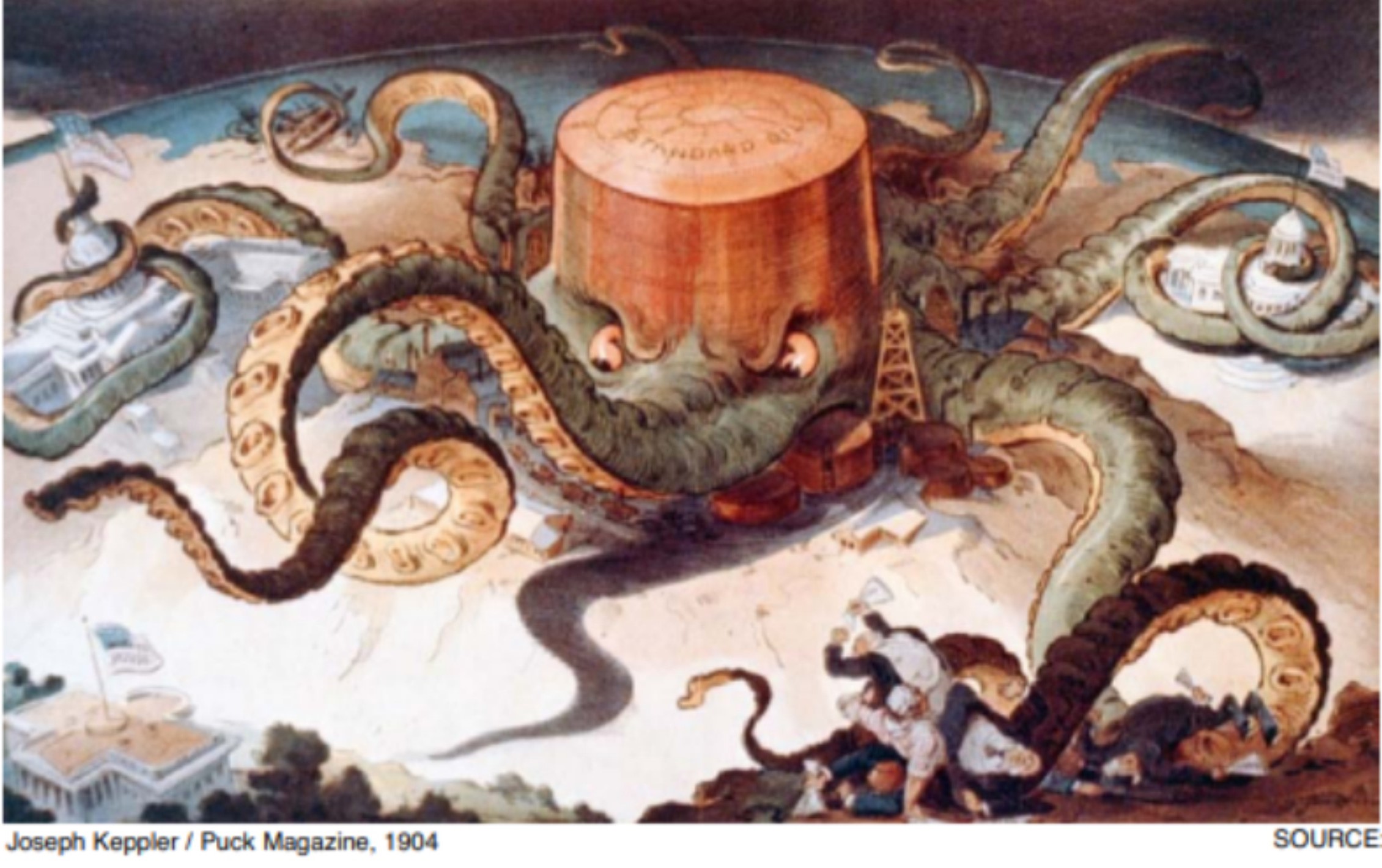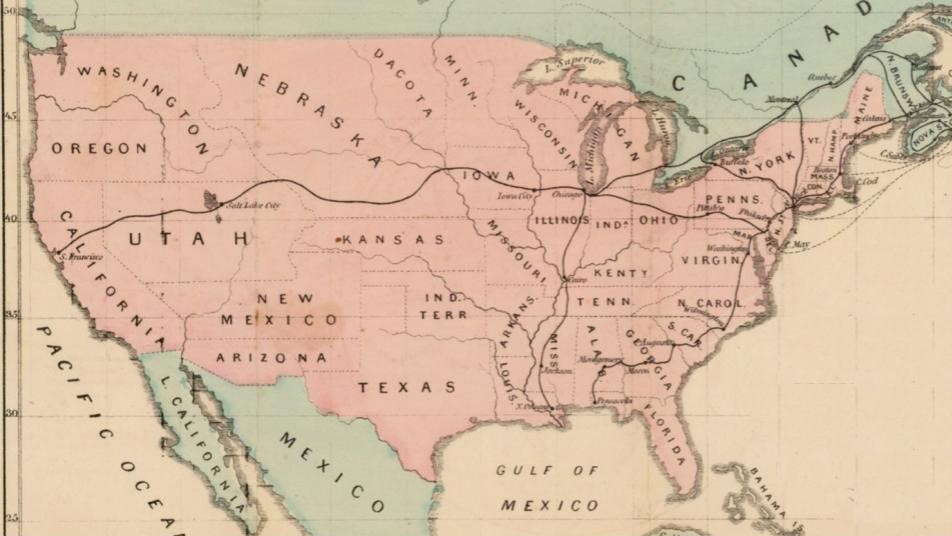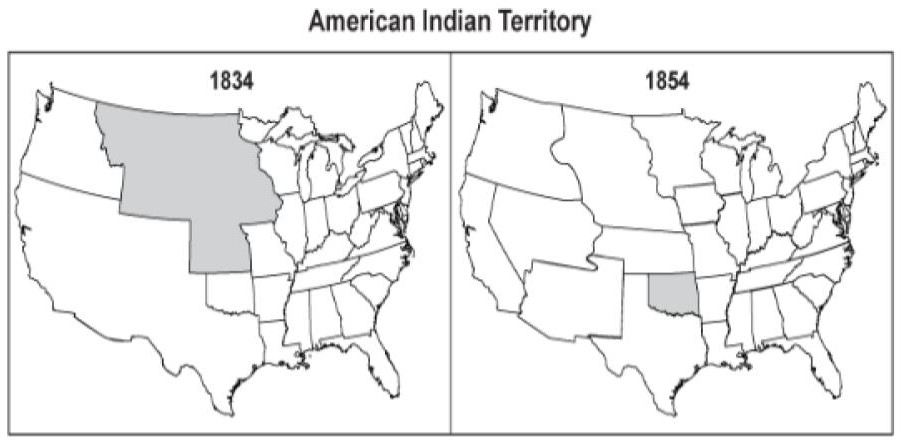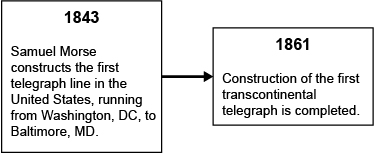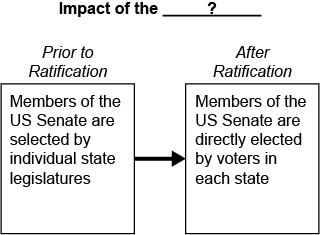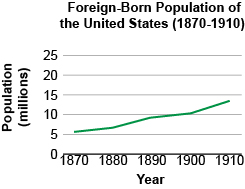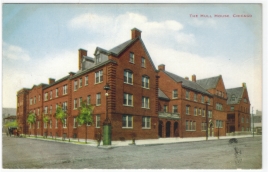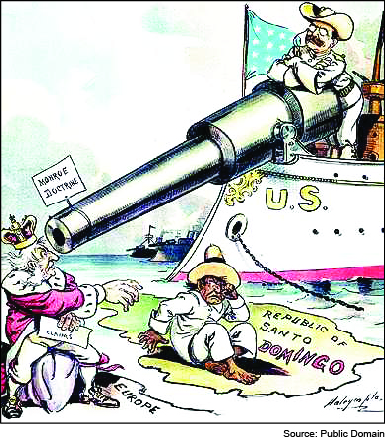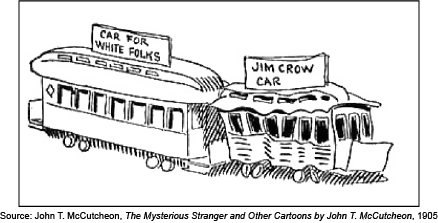Use the cartoon depicting John D. Rockefeller's Standard Oil Company to answer the question.
In this critique of the rise of industrialization and its impact on the United States, the artist sought to illustrate
Standard Oil's power as a monopoly.
In the mid to late nineteenth century, the US government began to systematically exterminate the buffalo in order to weaken the American Indian tribes that were dependent on them. What motivated the government to take this action?
American Indians had been mounting organized resistance to the US military.
The deplorable working conditions that many American laborers were forced to endure led to the rise of muckrakers, such as Upton Sinclair, in the early twentieth century. Which of the following BEST describes the types of individuals to whom the term “muckraker” refers?
Investigative journalists whose work sought to bring about social reform and relief for the lower classes.
What was seen as an extension of the Monroe Doctrine and was used to bring about the building of the Panama Canal?
Roosevelt Corollary
What was NOT a precedent set by George Washington during his presidential administration?
the exercise of federal authority to override state laws
Use the map and read the excerpt from a magazine article written by James Gamble in 1881 to answer the question.
Telegraph
500 Points!
The "Ghost Dance" movement finally reached Lakota Sioux, Plains Indians, in 1890. The beliefs associated with the movement gave the Sioux hope for a brighter future. Unfortunately, the rituals frightened soldiers and settlers in South Dakota, who feared the movement would spark a rebellion. A group of Sioux left their reservation because they were concerned about being attacked by these soldiers and settlers. When they were confronted by the US Army, the army demanded the Sioux surrender their weapons and a single shot was fired. Upon hearing the shot, soldiers reacted by firing on the Sioux. The soldiers killed nearly 300 men, women, and children.
Settlers, ranchers, and prospectors wanted their tribal lands.
Groups of American Indians had demonstrated armed resistance to the US military.
Read the quotation from a speech delivered by President Theodore Roosevelt and answer the question. How did these beliefs influence the Progressive legislative actions of Roosevelt’s presidency?
Roosevelt stressed the importance of conservation as president to protect lands from industry.
Following the Spanish-American War and in response to the American policy illustrated in the cartoon above, the United States quickly became involved in another war because it refused to grant independence to
the Philippines.
Which strategy led to Andrew Carnegie’s success as a business owner?
He obtained control over most of the nation’s steel industry by buying out his suppliers and competitors.
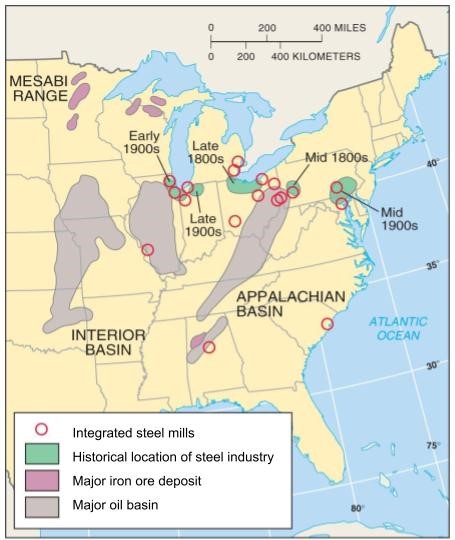
the growth of railroads
Use the map to answer the following question.
Which of the following innovations or advancements led to the changes indicated in the maps above? Select the TWO that apply.
Barbed wire allowed farmers to define their fields, containing and protecting their cattle.
Ploughs allowed farmers to more efficiently break up tough soil to plant crops on more land.
The NAACP was an organization that did what?
Helped the rights of Black Americans.
How did the women's suffrage movement impact the United States?
Government became more representative of the nation's population.
Use the diagram to answer the question.
How did this development impact the United States?
It improved communication between people and businesses.
the development and demands of the labor movement were primarily a response to
the inequitable distribution of wealth among workers and business owners.
Read the excerpt from an important US law to answer the following question.
The passage of this legislation led to...
[A]ny person who is the head of a family, or who has arrived at the age of twenty-one years, and is a citizen of the United States, . . . shall, from and after the first of January, eighteen hundred and sixty-three, be entitled(1) to enter one quarter section or a less quantity of unappropriated(2) public lands [west of the Mississippi], upon which said person may have filed a preemption(3) claim, or which may, at the time the application is made, be subject to preemption at one dollar and twenty-five cents, or less, per acre; or eighty acres or less of such unappropriated lands, at two dollars and fifty cents per acre, to be located in a body, in conformity to the legal subdivisions of the public lands[.]
— Homestead Act (1862)
(1) entitled (def) - having a right or legitimate claim to something
(2) unappropriated (def) - not allocated, assigned, or taken into possession
(3) preemption (def) - the purchase of goods or shares by one person or party before the opportunity is offered to others
the displacement of American Indians from their lands.
What does Imperialism mean?
When a country expands their own borders and takes over another.
Use the diagram illustrating the impact of an amendment to the US Constitution to answer the question.
What best completes the diagram?
Seventeenth Amendment
Use the graph to answer the question.
overcrowding in major urban centers.
How did the growth of railroads impact American society after the Civil War?
The oil and steel industries gained considerable political and economic power.
Look at the image of Hull House in Chicago. Then answer the question.
Why did Jane Addams found Hull House during the Progressive Era?
to improve the living conditions of the urban poor
Use the list to answer the question.
Whose work caused public uproar that contributed to the passage of these laws?
Upton Sinclair
Sinclair's The Jungle exposed the unsanitary conditions common in the meatpacking industry, which led to increased public demand for reforms such as those listed.
Use the political cartoon from the early twentieth century to answer the question.
This political cartoon illustrates the first application of the
Roosevelt Corollary, in which the United States used military force to promote its economic interests.
Study the 1904 political cartoon illustrating the effects of Plessy v. Ferguson and answer the question.
What did the artist believe regarding US society under the ruling in Plessy?
State governments discriminated against Black Americans by providing inferior facilities.
